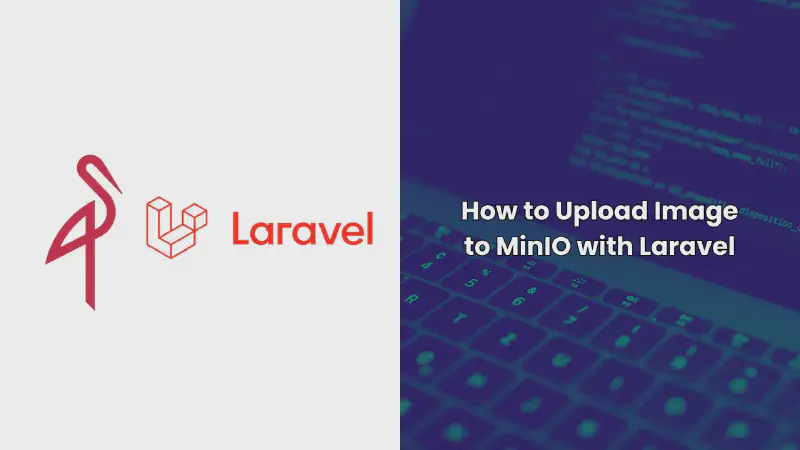Efficient file storage management is a key aspect of web development, and MinIO, an open-source object storage solution, offers a highly scalable alternative to traditional systems.
This article will walk you through how to integrate MinIO with Laravel for efficient image uploads, covering everything from setup to best practices for file organization.
Setting Up MinIO for Local Development
Before diving into the Laravel integration, let’s start by setting up MinIO for local development:
- Download and Install MinIO: Visit the MinIO website and download the version that suits your operating system.
- Start the MinIO Server: Run the command
minio server /datato start the MinIO server. - Access the MinIO Console: Open your browser and navigate to http://localhost:9000. This gives you access to the MinIO console.
- Create a Bucket: Click the “Create Bucket” button, and give your bucket a unique name. This bucket will store all the files and images.
Laravel MinIO Setup
Now that MinIO is running, let’s integrate it with Laravel. Here’s a step-by-step guide for how to configure Laravel to use MinIO as a file storage:
-
Install MinIO Flysystem Adapter: In your Laravel project, run the following command to install the necessary package:
1composer require coraxster/flysystem-aws-s3-v3-minio -
Configure MinIO in Laravel: In your
config/filesystems.php, add a disk configuration for MinIO:1 2 3 4 5 6 7 8 9 10 11 12'disks' => [ // other disks... 'minio' => [ 'driver' => 'minio', 'key' => env('MINIO_KEY', 'your-minio-key'), 'secret' => env('MINIO_SECRET', 'your-minio-secret'), 'region' => 'us-east-1', 'bucket' => env('MINIO_BUCKET', 'your-bucket-name'), 'endpoint' => env('MINIO_ENDPOINT', 'http://localhost:9000'), ], ], -
Set Environment Variables: In your
.envfile, define your MinIO credentials and bucket:1 2 3 4MINIO_KEY=your-minio-key MINIO_SECRET=your-minio-secret MINIO_BUCKET=your-bucket-name MINIO_ENDPOINT=http://localhost:9000
With this setup, your Laravel application is ready to interact with MinIO. This MinIO Laravel configuration ensures seamless integration.
How to Upload Files to MinIO Using Laravel
Once MinIO is integrated, you can upload files, such as images, to MinIO using Laravel’s Storage facade. Below is an example of how to upload files to MinIO using Laravel:
|
|
In this code:
- We validate the image file to ensure it’s the correct format and size.
- The
putFileAsmethod uploads the file to MinIO under theimagesfolder, making it easy to manage uploaded files.
Optimizing Images for MinIO Storage
Efficient image handling involves not just uploading, but also optimization. Here’s how to optimize image sizes before uploading to MinIO using the Intervention Image library:
|
|
By optimizing images before uploading, you not only save storage space but also improve loading times for your application.
Best Practices for Organizing Files in MinIO
A well-organized file structure in MinIO helps in the efficient management of resources. Here are some best practices for organizing files in MinIO:
- Use specific folder names like
avatars,products, ordocumentsfor categorization. - Implement user-specific folders for personalized content (e.g.,
user-123/avatar.jpg). - Adopt a consistent naming convention (e.g.,
document-2023.pdf). - Use unique identifiers like UUIDs or hashes to prevent naming conflicts.
Following these best practices will ensure a scalable and organized file structure as your application grows.
Conclusion
By following this guide, you’ve learned how to integrate MinIO with Laravel and use it for efficient file storage and image handling. The integration process covers everything from how to set up MinIO for local development to uploading files to MinIO using Laravel and optimizing your storage with best practices. Implement these steps, and you’ll have a robust file management system powered by MinIO and Laravel.
